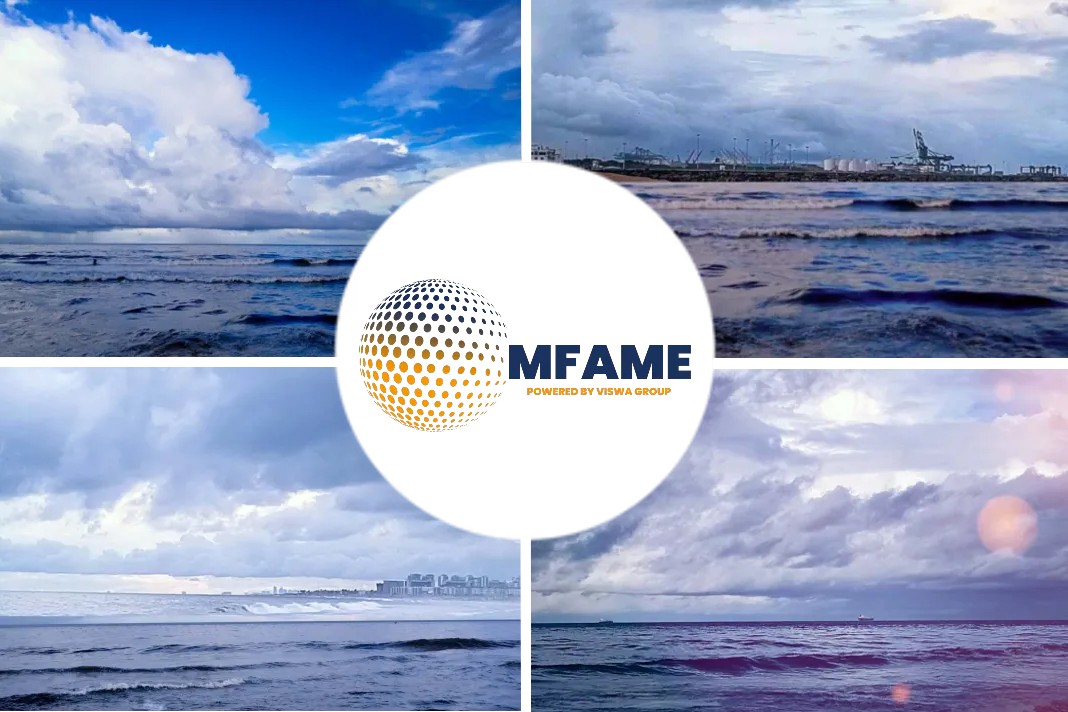- Tankers and all vessels will be required to limit their sulphur emissions to just 0.5% from the current limit of 3.5%.
- Tanker owners fundamentally have three options to choose from: to burn low sulphur bunker fuel oil (LSFO), continue to burn HSFO and install a scrubber in the vessel’s funnel.
- Burning LSFO is an easy choice but the price differential between LSFO and HSFO is likely to be significant.
- The choice of hull coating should not be underestimated when deciding to install a scrubber or burn LSFO as it can have a significant impact. Selecting the right hull coating solution can minimize speed loss.
According to an article published in Tanker Shipping, the clock is ticking and the countdown to compliance with the International Maritime Organization’s global sulphur cap is almost complete.
Limit on sulphur emissions
Tankers and all vessels will be required to limit their sulphur emissions to just 0.5% from the current limit of 3.5%.
Although supply and demand are beginning to rebalance in the tanker fleet, the global sulphur cap obligation is translating into a significant investment in what is still a soft market.
Three options on fuel
Tanker owners fundamentally have three options to choose from: to burn low sulphur bunker fuel oil (LSFO) instead of the current high sulphur fuel oil (HSFO); to continue to burn HSFO and install a scrubber in the vessel’s funnel to remove the sulphur before the exhaust is released into the atmosphere; or to install engines that burn LNG instead.
Choosing to install engines that burn LNG is not always a viable option as the costs only make sense for a new build. Despite LNG exhaust containing almost zero sulphur and it being technically possible, retrofitting existing vessels is a costly and time-consuming process that most shipowners will not consider at this late stage.
What are the options?
Burning LSFO is an easy choice but the price differential between LSFO and HSFO is likely to be significant. There are also doubts as to the supply and availability of sufficient quantities of LSFO which is pushing tanker owners to look at other solutions.
Installing a scrubber is an expensive option but will allow a vessel to continue to burn HSFO. It has been estimated that installing this equipment will cost between US$2M- 8M per vessel – not an insignificant cost.
What is more, the vessel will also need to go into drydock for the installation which takes it out of service and off-hire for two to three weeks. The current shortage of scrubbers and drydock availability presents further issues but once installed savings will be made, in time, and pay for the upfront investment.
The role of a coating
The choice of hull coating should not be underestimated when deciding to install a scrubber or burn LSFO as it can have a significant impact. Fouling creates frictional resistance, which means that a vessel uses more fuel to maintain a given speed.
At its worst, fouling typically increases the engine power needed by up to 20% over five years, increasing the environmental emissions and incurring a significant financial cost. It has been proven that by selecting an optimum hull coating, fuel usage is reduced and this is irrespective of what fuel is being burned.
Selecting the right hull coating solution can minimize speed loss. Speed loss is the difference in speed achieved by a vessel with a clean hull as compared with the same vessel with a fouled hull when the engine power output is identical.
Return on investment
Selecting a premium coating such as worldwide coating manufacturer Hempel’s Globic 9500 or Hempaguard X7 over a market-average hull coating can significantly reduce speed loss and this is irrespective of whether the engines are burning HSFO or LFSO. The cost savings can be used to pay back the investment in installing a scrubber or offset the cost of using the more expensive LSFO.
Countdown begins
As the countdown continues, tanker owners need to make their choice on how to comply with IMO’s sulphur cap. As a coatings manufacturer, Hempel cannot advise on which emissions compliance option to select, but we can say, without doubt, the application of a premium hull coating can help to counterbalance the associated costs.
Did you subscribe to our daily newsletter?
It’s Free! Click here to Subscribe!
Source: TankerShipping























